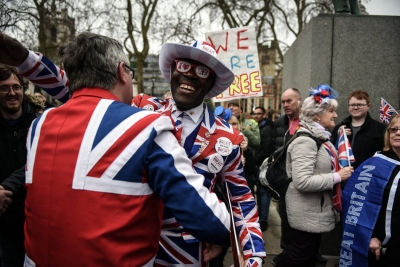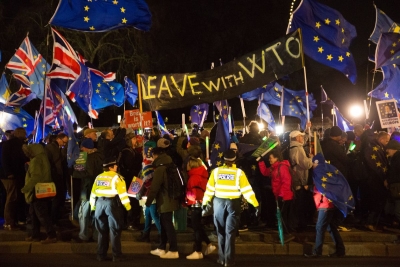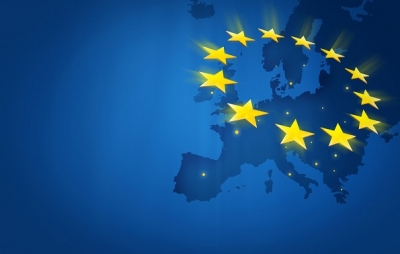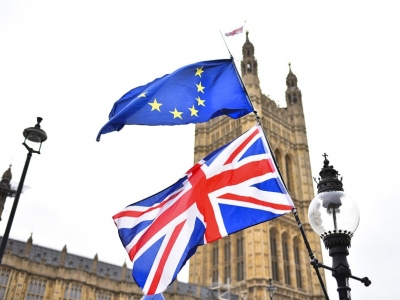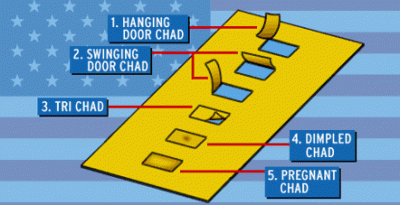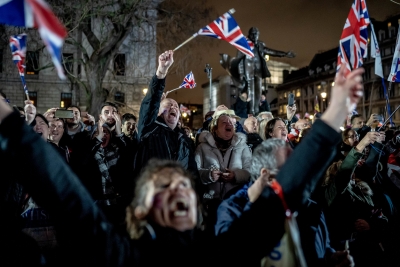
A transition period has begun immediately after Brexit day and is due to end on December 31, 2020. During this 11-month period, the U.K. will continue to follow EU rules. Britain’s trading relationship will remain the same and it will continue to pay into the EU budget. People travelling to EU member states will not be affected during the transition period. But the UK will no longer have any say in EU policies nor will it be able to attend any meeting of EU leaders.
The transition period is meant to give both sides some breathing space while a new free trade agreement is negotiated.
This is needed because the UK will leave the single market and customs union at the end of the transition. A free trade agreement will allow goods to move around the EU without checks or extra charges.
If a new one cannot be agreed in time, then the UK faces the prospect of having to trade with no deal in place. That would mean tariffs (taxes) on UK goods travelling to the EU and other trade barriers.
Picture Credit : Google

